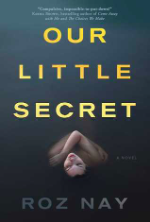Download links for: Des ombres à l'aube. Un massacre d'Apaches et la violence de l'histoire


Reviews (see all)
Write review
well done, poignant, and thoughtful commentary on history and the massacre.
This book is an excellent companion to the fictional Wild Girl.
The white man sucks. Wait, I knew that already…
Other books by History & Biography
Related articles












